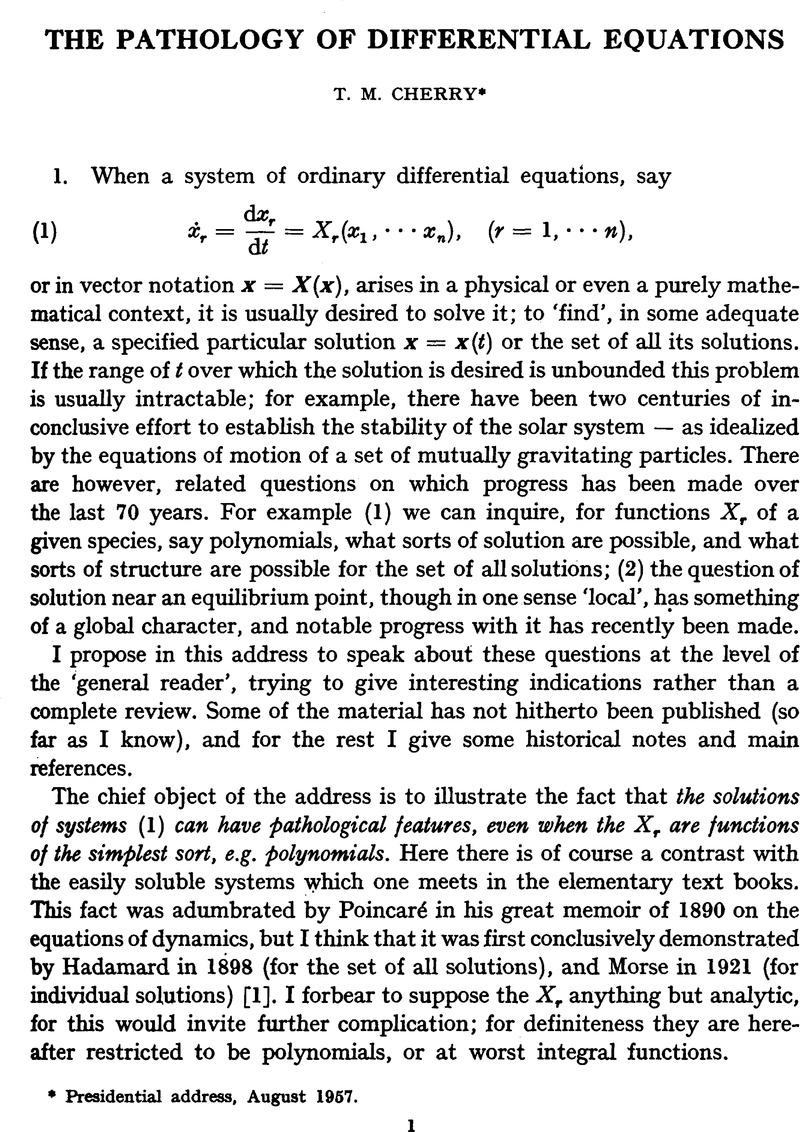Crossref Citations
This article has been cited by the following publications. This list is generated based on data provided by Crossref.
SANSONE, G.
and
CONTI, R.
1964.
Non-Linear Differential Equations.
p.
141.
Cherry, T.M
1968.
Asymptotic solutions of analytic Hamiltonian systems.
Journal of Differential Equations,
Vol. 4,
Issue. 2,
p.
142.
Rod, David L.
1973.
Pathology of invariant sets in the monkey saddle.
Journal of Differential Equations,
Vol. 14,
Issue. 1,
p.
129.
Churchill, R. C.
Pecelli, G.
and
Rod, D. L.
1979.
Stochastic Behavior in Classical and Quantum Hamiltonian Systems.
Vol. 93,
Issue. ,
p.
76.
Chin-Chu, Tung
1983.
Ordinary Differential Equations and Operators.
Vol. 1032,
Issue. ,
p.
502.
Samson, J.C.
and
Dobias, P.
2005.
Multiscale Coupling of Sun-Earth Processes.
p.
235.



